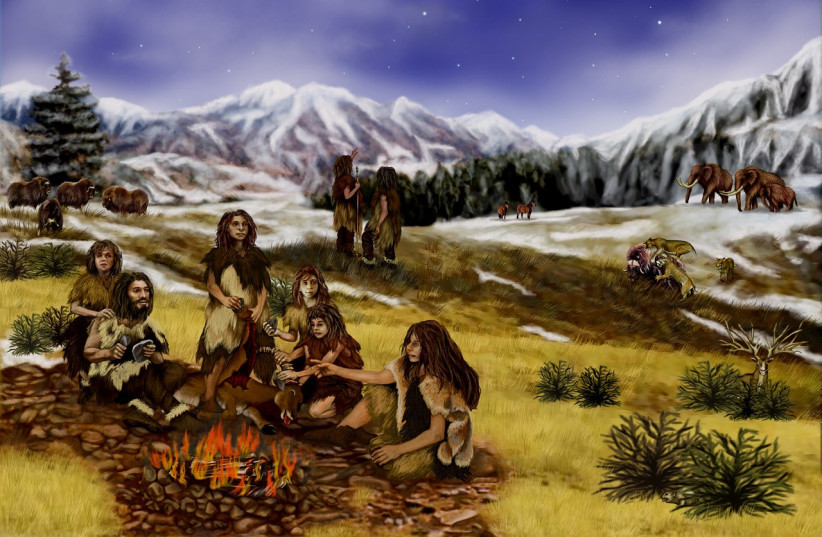Europe's first human residents may have been pushed out of the continent by extreme glacial cooling over a million years ago, according to a recent study.
This study reveals not only a major climate phenomenon that impacted the world, but also changes our understanding of how humans had lived in Europe throughout history.
The findings of this study were published in the peer-reviewed academic journal, Science.
The earliest records of humanity, or more accurately some of the early ancestors of humans, inhabiting the European continent go back to around 1.4 million years ago and were found in the Iberian peninsula.
As far as historians have always been concerned, once they got there, they likely never left, adapting and thriving throughout history until the modern day.

The study, however, suggests an alternative course of events.
Evidence of climate variability during a glacial period occurring approximately 1.15 million years ago suggests that a cold period became even colder.
Such extreme cooling, the study suggests, made areas around the Mediterranean less suitable for human habitation.
“We suggest that these extreme conditions led to the depopulation of Europe,” write the authors of the study, “perhaps lasting for several successive glacial-interglacial cycles."
Large scale climate patterns on earth are characterized by glacial and interglacial periods, or periods of warming and cooling.
The authors of the study suggest that before this climate change that occurred 1.15 million years ago, the glacial and interglacial cycles were more or less consistent and manageable for hominin habitation.
As the researchers write, “stable interglacial conditions and short glacials that would have allowed hominin establishment and occupation.”
What effect did colder conditions have?
The era of hominin-friendly conditions in Europe, however, was to change for the colder. A reduction in temperatures would have placed additional difficulties on hunter-gatherer troupes. Suddenly, the knowledge they had about how to create essential things such as fire, clothing, and shelter, was insufficient.
Additionally, changes to the climate would have likely had a negative impact on flora and fauna, making it more difficult for early humans to find food.
Eventually, however, the harsher conditions likely gave rise to a hardier European population.
The researchers note, “If there was the extirpation of hominins in Europe for such an extended period, it implies that repopulation [of Europe] was by… a more resilient species [of early human] with evolutionary or behavioral changes that allowed survival under the increasing intensity of glacial conditions.”
